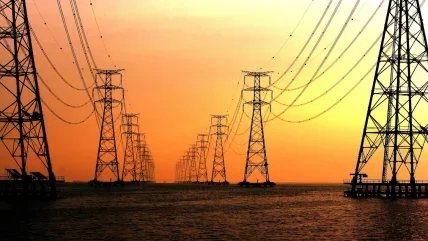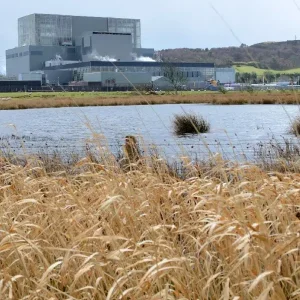
The UK’s Office of Gas and Electricity Markets (Ofgem) has given the green light to five major new undersea interconnection projects, collectively adding 6GW of electricity capacity.
This decision aims to strengthen the UK’s energy security while accelerating the transition to renewable energy.
By tapping into the extensive wind resources of the North Sea, these projects will supply millions of households with low-carbon power.
The UK aims to become a net energy exporter by the end of this decade, with these new interconnectors deemed essential for balancing domestic supply and demand.
During periods of energy surplus, the projects will enable the export of wind-generated power, while also facilitating imports when domestic output is limited.
Two of the projects will introduce the UK’s first-ever offshore hybrid assets (OHAs), designed to channel energy directly from offshore wind farms to both the British and European grids, according to the UK energy regulator.
The approved interconnector projects include the Tarchon Energy Interconnector, a 610km subsea link between East Anglia and Niederlangen, Germany, which will add 1.4GW of capacity.
Another key project, Mares Connect, a 190km cable between Bodelwyddan in North Wales and Ireland, is set to deliver 750MW. Additionally, the LirIC Interconnector, spanning 142km from Kilroot in Northern Ireland to Hunterston in Ayrshire, Scotland, will contribute an extra capacity of 700MW.
Among the approved OHAs are LionLink and Nautilus. LionLink will connect Dutch offshore wind farms to the UK grid with an onshore point in Suffolk, providing up to 1.8GW of electricity for each country.
The Nautilus OHA will link Belgian offshore wind farms to the UK grid via the Isle of Grain in Kent, delivering 1.4GW of capacity to both nations through subsea electricity cables.
All five projects are slated for completion and operation by 2032.
Ofgem infrastructure director general Akshay Kaul said: “With Britain expected to become a net energy exporter in the 2030s, these connections will equip us with world leading technology to export more of our surplus clean power overseas.
“They will also provide greater access to energy imports, which together with domestic low carbon energy sources such as nuclear and biomass, will provide vital back-up energy sources when renewable generation is more limited here.”
To manage costs for consumers, Ofgem plans to apply its cap-and-floor revenue model to the new projects. This framework sets limits on revenue for interconnectors.
The OHAs will also serve dual purposes by delivering electricity from wind farms directly to the grid when generating and boosting interconnector capacity at other times. This dual functionality will reduce the infrastructure footprint, lowering both environmental impact and cost, while positioning the UK as a leader in innovative energy technology.






